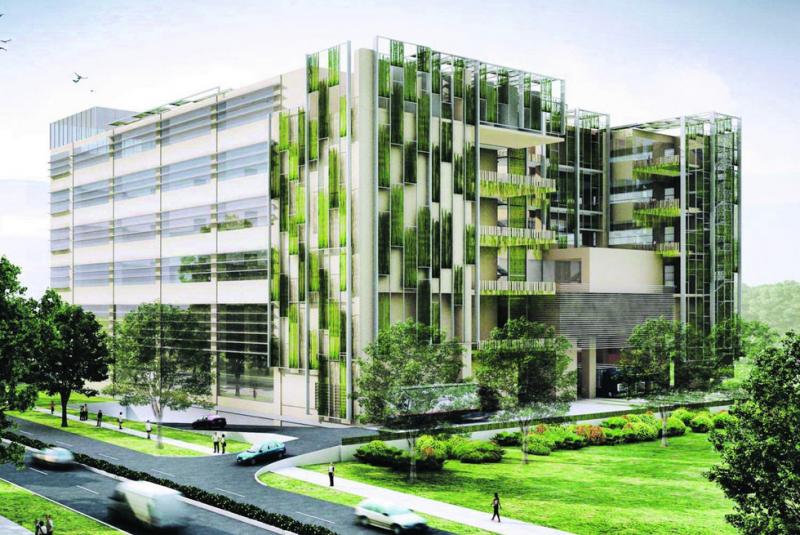Introduction:
In the pursuit of a sustainable future, hospitals are playing a vital role by embracing green practices and adopting eco-friendly initiatives. Green hospitals, also known as sustainable or eco-friendly hospitals, are at the forefront of creating positive environmental impacts while providing high-quality healthcare services. In this blog, we will explore the concept of green hospitals, their key features, benefits, and the significant role they play in fostering a healthier planet.
What are Green Hospitals?
Green hospitals are healthcare facilities that prioritize sustainability, environmental responsibility, and resource efficiency in their operations. These facilities go beyond traditional healthcare practices to reduce their ecological footprint and promote environmentally conscious initiatives. From energy efficiency and waste reduction to sustainable building design and eco-friendly procurement, green hospitals are committed to creating a greener and more sustainable healthcare environment.
Key Features of Green Hospitals:
-
Energy Efficiency: Green hospitals focus on reducing energy consumption through energy-efficient lighting, HVAC systems, and the use of renewable energy sources like solar panels.
-
Waste Reduction and Recycling: These hospitals implement waste management strategies to minimize waste generation and encourage recycling programs for paper, plastics, and other materials.
-
Water Conservation: Green hospitals employ water-saving technologies, such as low-flow faucets and water-efficient landscaping, to reduce water consumption.
-
Sustainable Building Design: Green hospitals prioritize sustainable construction and design, utilizing eco-friendly materials, efficient insulation, and natural lighting to reduce the building's environmental impact.
-
Environmentally Friendly Procurement: Sustainable procurement practices involve purchasing environmentally friendly products, such as green cleaning supplies and energy-efficient medical equipment.
Benefits of Green Hospitals:
-
Environmental Protection: Green hospitals contribute to reducing greenhouse gas emissions, conserving resources, and preserving biodiversity, making a positive impact on the environment.
-
Cost Savings: Energy-efficient practices and waste reduction measures lead to cost savings for the hospital in the long run, freeing up resources for patient care and facility improvements.
-
Enhanced Patient Well-being: A green hospital's focus on natural light, green spaces, and sustainable design can positively impact patients' well-being and promote a healing environment.
-
Sustainability Leadership: Green hospitals set an example for other healthcare facilities and communities, inspiring them to adopt eco-friendly practices and contribute to a sustainable future.
The Role of Healthcare Professionals and the Community:
Creating a green hospital involves collective efforts from healthcare professionals, administrators, patients, and the community. Healthcare providers can encourage environmentally responsible practices among staff and patients, promoting recycling and energy conservation. Hospital administrators can invest in green infrastructure and prioritize sustainability in the facility's strategic planning.
Furthermore, patients and visitors can support green hospitals by participating in waste separation initiatives, using public transportation or carpooling when visiting the hospital, and embracing eco-friendly practices in their own lives.
Conclusion:
Green hospitals serve as beacons of sustainability and responsible environmental stewardship in the healthcare sector. By adopting eco-friendly practices, these facilities contribute to a healthier planet, reduced operational costs, and improved patient experiences. As the global community increasingly recognizes the importance of sustainability, green hospitals pave the way for a greener and more sustainable healthcare industry, working towards a brighter and healthier future for all. The collective efforts of healthcare professionals, administrators, patients, and the community are crucial in transforming healthcare facilities into green spaces that benefit the environment and promote well-being for everyone they serve.
